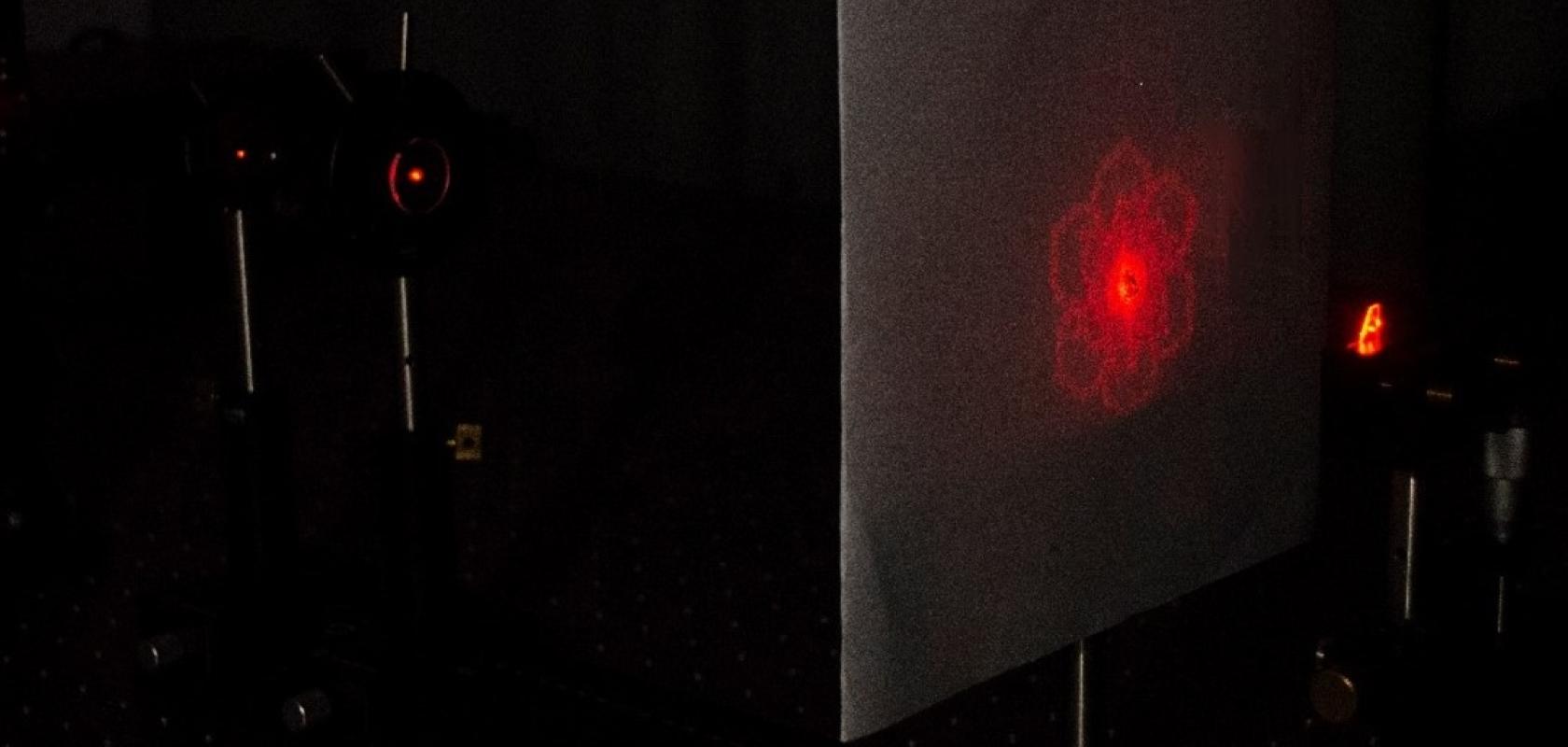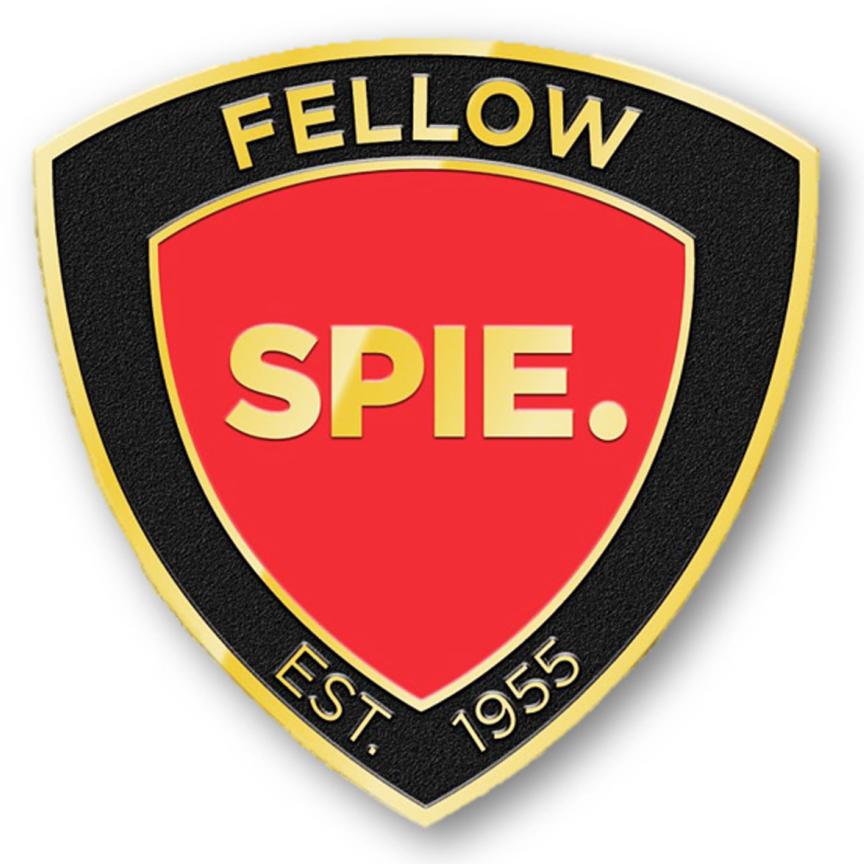Researchers have developed a metasurface device that can display three types of images depending on the illumination light.
The three-channel device could be used as an anticounterfeiting measure or offer a new way to securely deliver encrypted information.
“Metasurfaces are artificial materials with tiny nanostructures that can be used to manipulate light,” said research team member Qi Dai from Wuhan University in China. “In this work, we exploited both the size and orientation of the nanostructures to design a metasurface with three working modes.”
The researchers describe the new device in the journal Optics Express. They also showed that depending on the light used, the metasurface would generate a holographic image or a structural-colour nanoprinting image with or without polarisation-dependent watermarks.
“Our tiny metasurface could be easily attached to currency, ID cards, credit cards, certificates, watches or rings for anticounterfeiting,” said Dai. “Because this multi-functional metasurface features twofold safeguards, it could provide a simple but effective approach to fight against counterfeiting.”
Although other metasurface-based anticounterfeiting devices have been developed, the hidden information is usually retrieved either on the surface or via a far-field holographic image. To create a more secure three-channel metasurface, the researchers merged watermarked structural-color nanoprinting with holographic imaging into a device, which is made of tiny nanobricks arranged on a transparent substrate.
Researchers have developed a metasurface device that can display three types of images depending on the illumination light. Shown are a color nanoprinted image (a), the same image with a polarization-dependent watermark (b), and a holographic flower (c). Image Credit: Qi Dai, Wuhan University
By carefully engineering the sizes and orientations of the nanobricks, the researchers developed a way to create structural-colour images that appear on the surface of the device as well as a holographic image that appears in the far-field. Instead of relying on inks or dyes, structural-colour uses nanostructures with different geometric parameters to produce colour by directly influencing the spectrum of transmitted or reflected light.
The unwatermarked structural-colour nanoprinting image can be readily observed under natural light illumination while the same image covered with a watermark pattern can be decoded only with an optical polariser. The holographic image in the third channel can only be viewed under coherent laser light.


